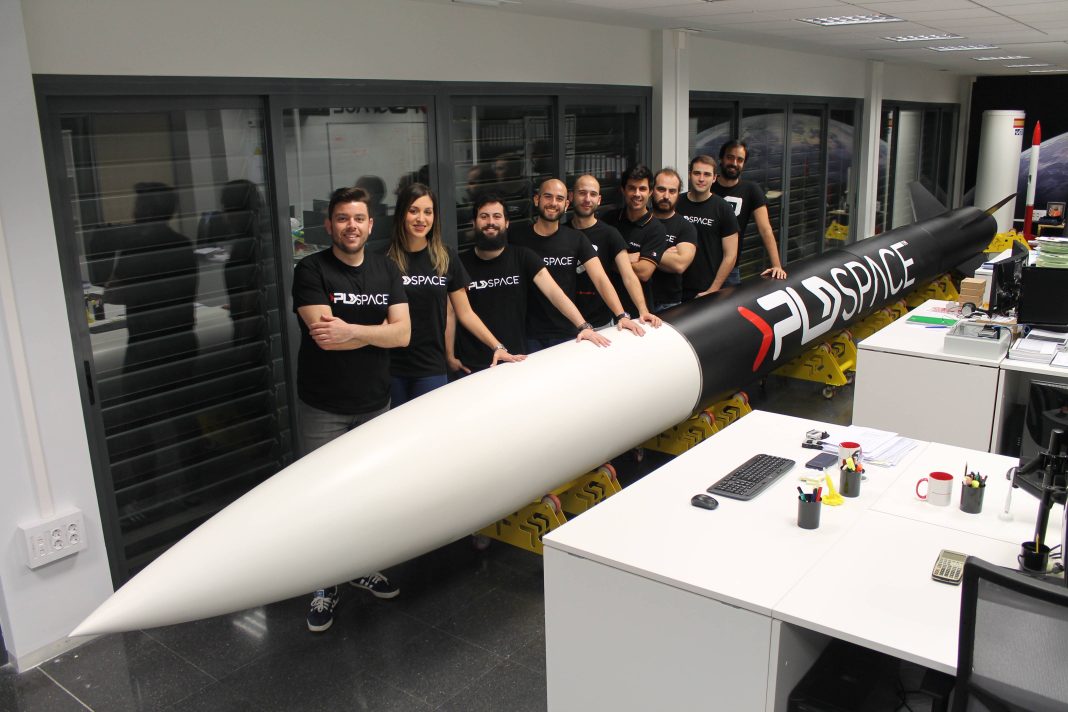Following its commissioning by the European Space Agency to make it’s first reusable rocket the Spanish technological multinational company GMV has invested in the programme at the Scientific Park of the Miguel Hernandez University (UMH) in Elche where both the company and the university will work together on the development of the Arion 1 and Arion 2 rocket launchers.
According to a statement from the company PLD Space, the activity will enable both organisations to “grow and position themselves strategically in the small space launcher market,”
Through the agreement, GMV will provide its knowledge and experience in the sector to develop the avionics package for Arion 1 and 2 , which includes Guidance, Navigation and Control (GNC), telemetry and embedded software.
The GMV team will also participate alongside PLD Space in integration, qualification and support for the launch of Arion 1 and Arion 2 during the test flights and the commercial flights phase.
These operations are scheduled to start toward the end of 2018, with the maiden flight of suborbital Arion 1 from launch base “The Arenosillo” in Huelva .
At the technological level, Arion 1 will be the predecessor and technological demonstrator of a larger and more ambitious vehicle, Arion 2, whose mission will be to locate small satellites of up to 150 kilograms in Earth orbit.
GMV’s corporate endorsement of PLD Space has allowed the release of a total investment of 6.7 million euros, between private investment and public funding.
Recently, this multinational has participated in other similar space developments, such as European Space Agency (ESA) vehicles and avionics technology research projects for launchers for the European Commission and ESA itself.
This agreement takes place just two months after the contract was first awarded by the European Space Agency to PLD Space for the development of reuse technology applied to launchers.
This project, called Liquid-Propulsion Stage Recovery (LPSR), allows PLD Space to recover the first stage of Arion 2 from space and thereby reduce the cost of access for small satellites.
The market for small satellites, mainly focused on telecommunications and Earth observation, is quantified at more than 7,000 million dollars in 2020 and hopes to be the new technological revolution in the space sector.





